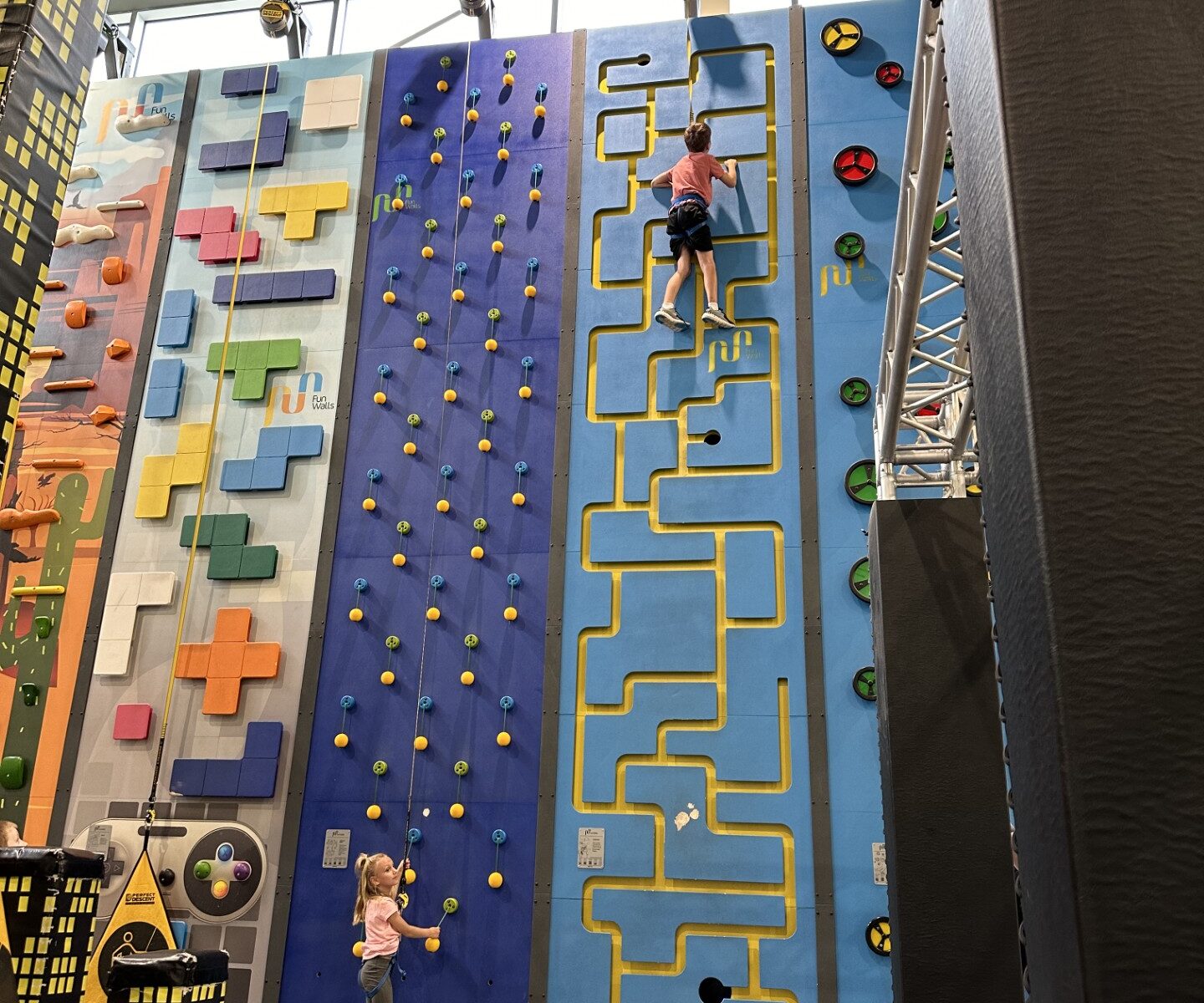Just the other day, I took my kids to the rock climbing wall. My 9-year-old, fearing heights, would only go a quarter of the way up. Without hesitation, I told him if he could reach a point that indicated the halfway marker, I would give him 20 dollars. And if he goes to the top, I would give him 50 dollars. Thinking at the time, I was helping him overcome his fear of heights, but later found out I was using extrinsic motivators, which was clearly the wrong thing to do. This scenario is no different than parents in hockey telling their kids they will pay them 10 dollars per goal. An extrinsic motivator is giving an award for accomplishments, even when a task is expected of our kids like household chores. Now, an intrinsic motivator is where the real learning takes place. This is when we challenge our players so that they need to problem solve, which creates a learning environment along with giving them that feeling of pure enjoyment when coming up with the answer on their own or in my case overcoming my son’s fear of heights.
Understanding the Basics: Intrinsic vs. Extrinsic Motivation
At the core of our efforts to motivate our players lies a fundamental choice between two paths: the internally driven route of intrinsic motivation and the externally fueled path of extrinsic motivation. Intrinsic motivation springs from within, driven by personal interest, curiosity, and a thirst for knowledge. It’s about the joy of doing something for its own sake, rather than for some external reward. This type of motivation encourages children to engage deeply with activities, driven by their passions and a genuine desire to learn and grow.
Conversely, extrinsic motivation relies on external factors—rewards, praise, or even the threat of punishment—to motivate behavior. It’s about achieving a goal to earn a reward or avoid a negative outcome, not necessarily about finding personal satisfaction in the task itself. While this can be effective for initiating certain behaviors or completing specific tasks, it doesn’t nurture a lasting commitment to learning or personal development.
The Short-Term Appeal of Extrinsic Motivation
Extrinsic motivation, such as offering rewards for specific achievements, has an undeniable charm, especially when we’re aiming to encourage our players to work hard during a game. It acts like a spark, instantly igniting interest and action towards a goal. For example, promising a few dollars for a goal or an assist. This method taps into the human nature of seeking tangible rewards, making it a straightforward approach to motivating players in the short term. However, remember that this strategy, while effective momentarily, doesn’t necessarily instill a deeper love for the game or an enduring drive to overcome obstacles. The real challenge lies in balancing these quick wins with strategies that nurture an intrinsic desire to learn and grow, ensuring that their motivation evolves from being reward-driven to self-driven.
The Lasting Power of Intrinsic Motivation
The beauty of intrinsic motivation lies in its ability to inspire from within, sparking a genuine enthusiasm for playing the game and overcoming challenges. This powerful form of motivation encourages players to engage with drills and activities not for external rewards, but for the satisfaction and joy they find in the process. When motivated intrinsically, they dive into learning with zeal, fueled by their own curiosity and desire to grow. This self-propelled drive leads to deeper understanding, creativity, and resilience, qualities essential for long-term success. Encouraging this kind of motivation means nurturing an environment where players feel empowered to follow their interests, tackle problems creatively, and embrace learning as an exciting adventure. Intrinsic motivation helps players discover their strengths and passions, guiding them toward fulfilling endeavors that they are naturally inclined to pursue with vigor and persistence. By cultivating this inner drive, we develop confidence and a deep-seated love for learning, setting the stage for ongoing personal, academic, and athletic achievements.
Cultivating Intrinsic Motivation in Your Child
Challenges should be positioned as opportunities to grow rather than obstacles to overcome for a reward. Highlight the joy of discovery and the personal satisfaction that comes from mastering new skills or knowledge. Ask open-ended questions that encourage them to think critically and reflect on their learning process. This approach helps to build resilience and a sense of achievement that is internally rewarding. Additionally, offer positive feedback that focuses on their effort and the strategies they employed rather than the outcome. This reinforces the value of the learning journey over the destination. By prioritizing these strategies, we can guide our players toward becoming motivated and finding true fulfillment in the game of hockey, setting them on a path toward self-driven success.

